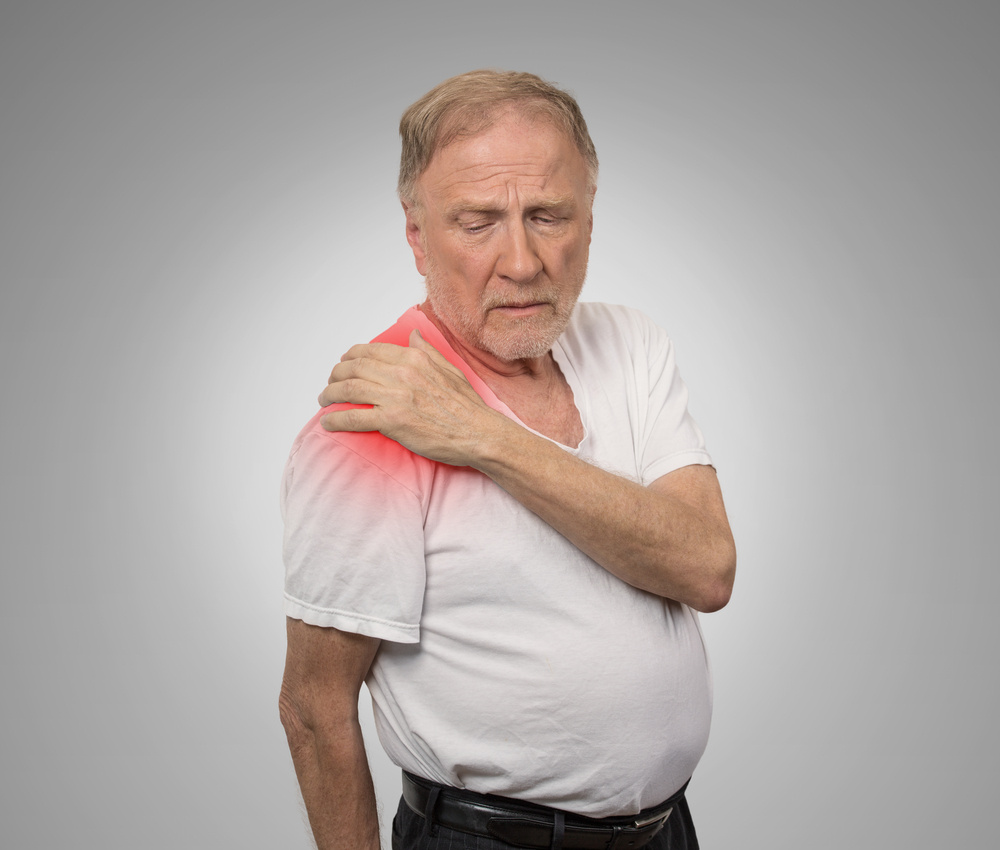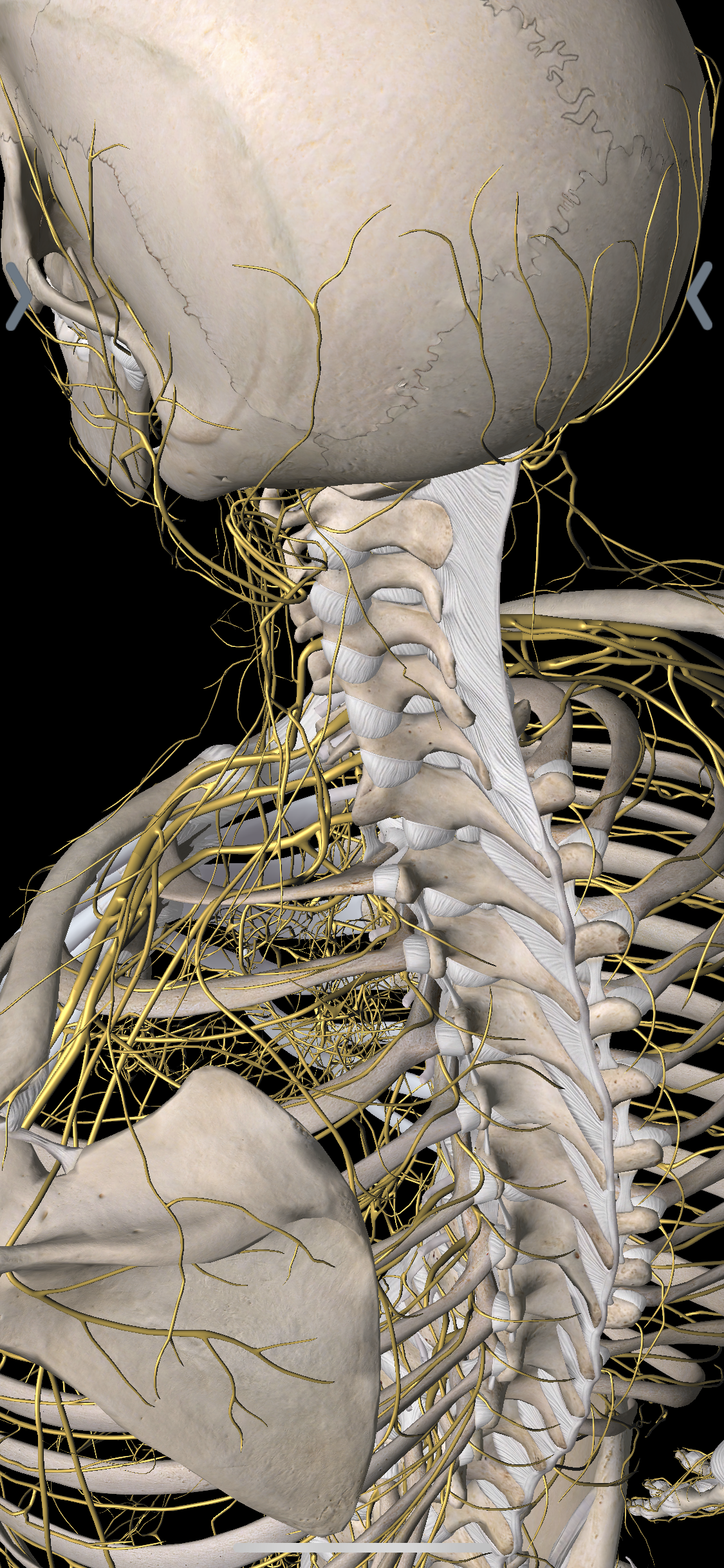Would Physical Therapy Help Frozen Shoulder?
What is Frozen Shoulder or Adhesive Capsulitis?
Before we discuss whether physical therapy can help frozen shoulder or help adhesive capsulitis, it's important to understand what frozen shoulder is. Generally speaking, frozen shoulder is inflammation of the connective tissue that holds two shoulder bones together (the humerus and scapula). When the connective tissue becomes inflammed, it creates stiffer connective tissue. This results in the shoulder becoming more stiff, or 'frozen'.
How does Physical Therapy help Frozen Shoulder?
The short answer is, yes! Physical Therapy can help relieve the symptoms of frozen shoulder, improve range of motion in the shoulder and reduce pain. Continue reading to learn how.

Physical Therapy Techniques for Frozen Shoulder
There are a handful of physical therapy techniques that can help relieve symptoms of frozen shoulder. Two that are the most effective is hands-on manual physical therapy for frozen shoulder and exercises for frozen shoulder.
Hands-on physical therapy for frozen shoulder
At Glackin Physiotherapy, we've found that hands on physical therapy is one of the best ways to reduce connective tissue buildup after inflammation of the shoulder. Here's how we do it.
First, we heat the tissue with exercises or an external hot pack to 'soften' excessive connective tissue and make it more flexible. Then, we utilize hands-on manual techniques to stretch the capsule in all directions. If there was excessive connective tissue in a specific location, the localize stretching will improve flexibility and allow for an immediate improvement in flexibility.
Physical Therapy Exercises for Frozen Shoulder
In addition to manual therapy, there are physical therapy exercises for frozen shoulder that you can start right in your home! Before you begin, it's important to increase temperature in the connective tissue with either active movement or a hot pack. As mentioned above, heating the tissue will make physical therapy exercises for frozen shoulder much more effective.
1. Pendulum exercises - Pendulum exercises are designed to pull the arm bone (humerus) away from the shoulder blade (scapula) to stretch the excessive connective tissue in the shoulder capsule. Lean forward while supporting your body on a table or chair and move your arm clockwise and counterclockwise. If you can, try not to actively move your arm at all; let the arm move through the momentum of moving your body, so the shoulder is as relaxed as possible.
2. Gentle towel stretches - Use a towel to assist the arm into rotation positions. This will also stretch the connective tissue around the two shoulder bones. While holding a towel, bring the arm behind the head and use your non-injured arm to gently pull the towel and stretch the arm further. Perform 30 seconds x 3 sets. Repeat with your injured arm behind your back, pulling the towel with the non-injured arm over your non-injured shoulder for a gentle stretch. Perform 30 seconds x 3 sets
3. Rotator cuff strengthening - Because the rotator cuff lays on top of the capsule, activating the cuff can also help stretch the capsule locally. Perform Internal rotation of the shoulder with a theraband, 10 reps x 3 sets, and perform external rotation of the shoulder with a theraband, 10 reps x 3 sets.
Physical Therapy For Frozen Shoulder In Columbia, MD
At Glackin Physiotherapy, we see patients suffering from frozen shoulder and use the techniques above to improve the pain from frozen shoulder symptoms.
Physical therapy near me for frozen shoulder
If you are looking for physical therapy near you to relieve frozen shoulder symptoms, look no further. At Glackin Physiotherapy, we'd be happy to see you to improve your range of motion and return you to full strength! Please reach out on our contact page to set up an appointment.




.png)